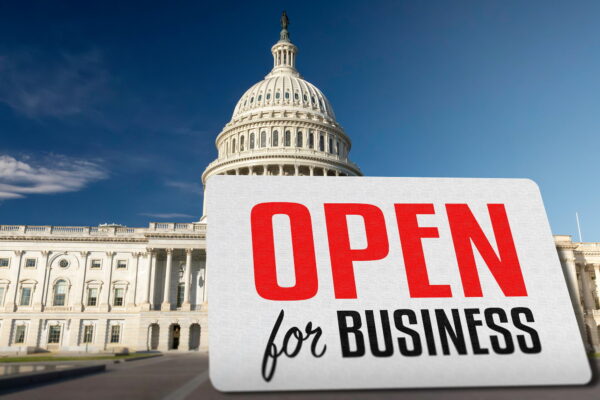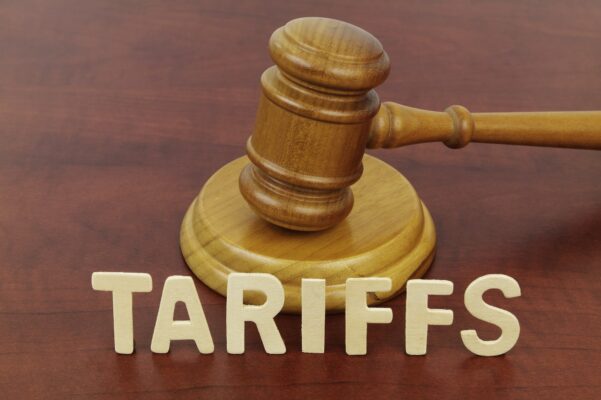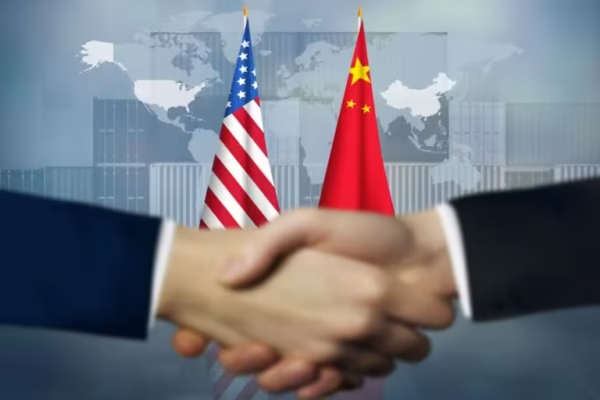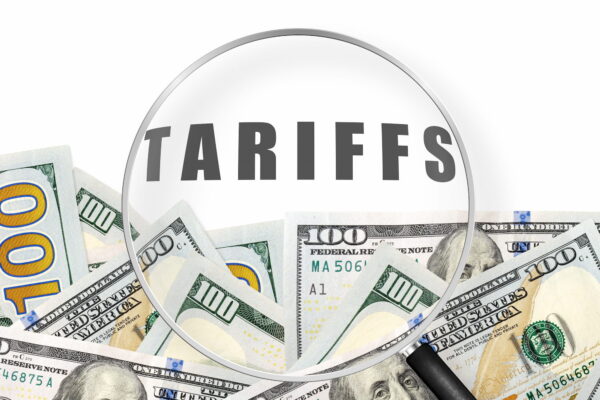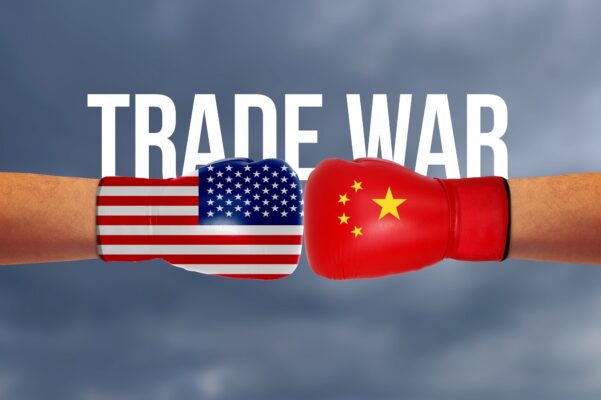The landscape of U.S. coffee imports is brewing up a major shift. ☕📦 For years, Brazil dominated as America’s top coffee supplier, but new data shows Peru and Colombia have now surged ahead.
US Cutting Tariffs On 200+ Items
🚨 Big news for global trade and U.S. importers! President Trump’s latest executive order, signed on November 14, cuts tariffs on more than 200 agricultural items, lifting levies on categories that include beef, avocados, coffee, cashews, and more.
The US Shutdown Has Ended
🚨 The U.S. government shutdown has officially ended! After a historic 43-day pause, President Trump signed Congress’s funding bill on November 12, reopening agencies and restoring operations through January 30, 2026.
Supreme Court Arguments Starting
All eyes are on the Supreme Court today as justices hear arguments in a high-stakes legal battle over President Trump’s IEEPA tariffs — a move that could reshape U.S. trade policy.
EE. UU. y China alcanzan un acuerdo comercial tras meses de tensiones
EE. UU. y China alcanzan un nuevo acuerdo comercial. Después de meses de tensiones, ambos países reducen aranceles y reactivan el comercio internacional.
El pacto promete impulsar el transporte global y abrir nuevas oportunidades para importadores y exportadores.Con el apoyo de expertos logísticos como A1 Worldwide Logistics, tu cadena de suministro puede aprovechar al máximo este nuevo escenario.
US And China Reach A Trade Deal
After months of back-and-forth tariff battles, the U.S. and China have finally reached a trade deal — signaling a major step toward easing tensions between the two largest economies in the world 🌎.
Trump Is Raising Canada Tariffs
Tariff Tensions Rise Again! President Trump announced a 10% tariff hike on Canadian imports—pushing total duties on some goods up to 45%. The move, sparked by a recent TV ad, adds to the 35% tariffs already in place since August.
IEEPA Tariffs Impacting Small Importers
Small importers are feeling the strain from Trump’s IEEPA tariffs. While big corporations can absorb higher costs, many mom-and-pop importers are struggling to stay afloat.
US-China Trade War Continues
Tensions are rising again in the U.S.-China trade war. 🇺🇸🇨🇳 On October 14, China began charging port fees on U.S.-owned ships—a direct response after months of back-and-forth tariffs between the two nations.
IEEPA Tariffs Supreme Court Ruling
All eyes are on the Supreme Court as it prepares to hear President Trump’s IEEPA tariffs case on November 5—a decision that could reshape the future of international trade.



